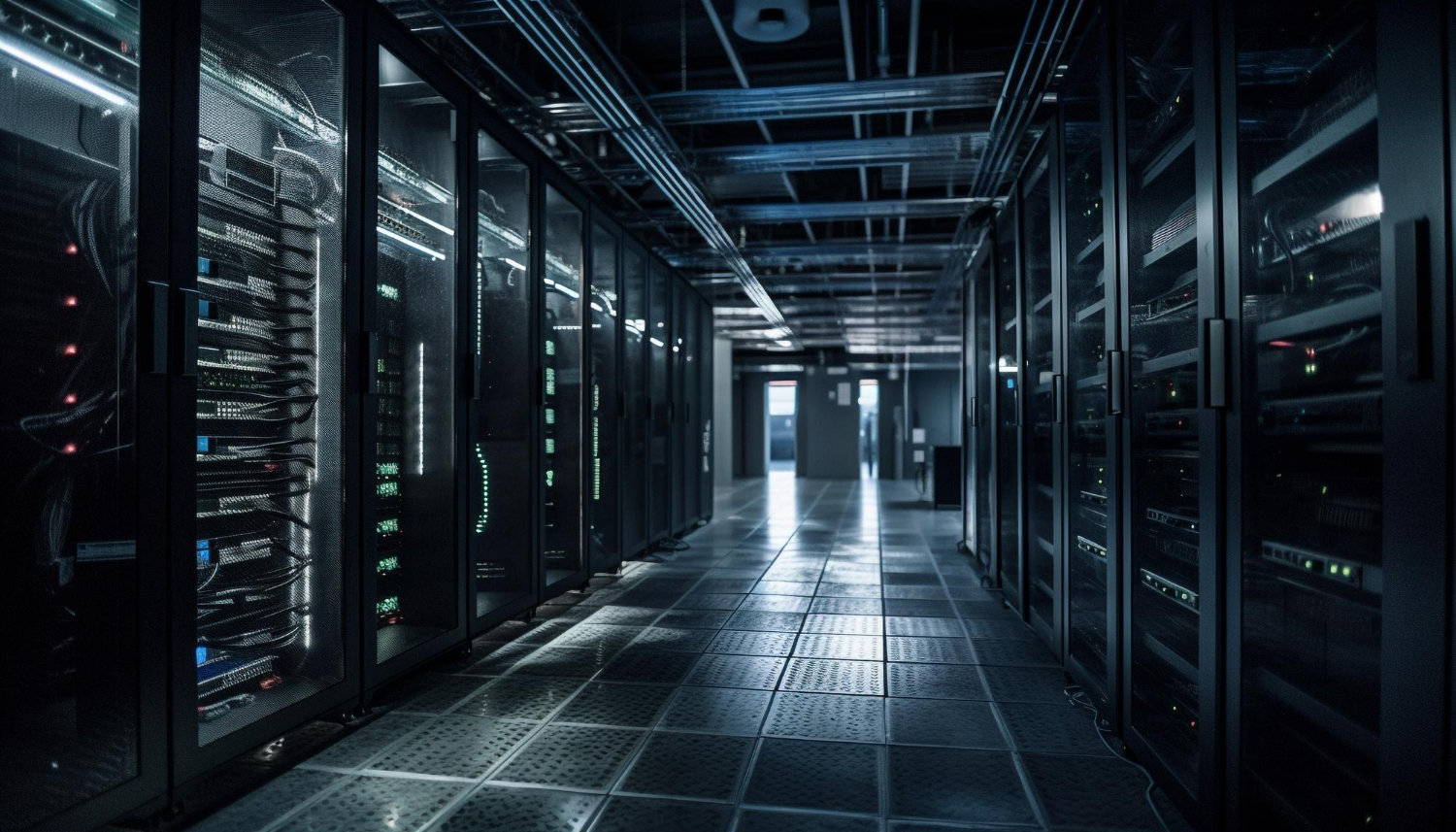Artificial intelligence requires massive computing power — and companies are spending billions to build the infrastructure behind it.
Nvidia CEO Jensen Huang estimated that $3 trillion to $4 trillion will be invested in AI infrastructure by the end of this decade. This spending surge is coming mainly from AI firms, placing increasing stress on energy grids and pushing construction capabilities to the edge.
Major players like Meta, Microsoft, Oracle, OpenAI, and Google are driving this boom through record-breaking deals and data center expansions.
Microsoft and OpenAI: The Deal That Set the Standard
Microsoft’s $1 billion investment in OpenAI in 2019 marked a key turning point for the AI industry. The deal gave Microsoft exclusive rights as OpenAI’s cloud provider. As training demands grew, Microsoft provided more Azure cloud credits rather than direct cash.
Microsoft’s total investment later grew to nearly $14 billion, positioning it for major gains as OpenAI moves toward a for-profit model.
In January, OpenAI announced it would no longer rely solely on Microsoft’s cloud, offering the company right of first refusal on future infrastructure deals. Microsoft has since begun testing other foundational models, increasing its independence.
The strategy that began with OpenAI is now industry standard. Amazon invested $8 billion in Anthropic, modifying hardware to improve AI training. Google Cloud partnered with smaller firms like Lovable and Windsurf, although those deals did not involve financial investment. In September, OpenAI secured a $100 billion investment from Nvidia, expanding its GPU access.
Oracle’s Leap into AI Leadership
On June 30, 2025, Oracle disclosed a $30 billion cloud services deal with OpenAI in an SEC filing — exceeding its cloud revenue from the prior year. The announcement sent Oracle’s stock soaring.
On September 10, Oracle announced a second deal: a $300 billion, five-year compute agreement set to begin in 2027. The size of the deal suggests expectations of rapid expansion and trust in future growth.
Even before the deal becomes active, Oracle has positioned itself as a top-tier AI infrastructure provider. The stock surge following the announcements temporarily made Larry Ellison the richest person in the world.
Meta’s Hyperscale Spending and Data Center Push
Meta is planning to invest $600 billion in U.S. infrastructure by the end of 2028, according to CEO Mark Zuckerberg.
In the first half of 2025 alone, Meta spent $30 billion more than the previous year. The company’s AI goals are the primary driver. A $10 billion deal with Google Cloud was part of this wave, but even larger amounts are going toward physical infrastructure.
Two major data centers are underway:
- Hyperion in Louisiana spans 2,250 acres and is expected to cost $10 billion, delivering 5 gigawatts of compute power. It includes a partnership with a local nuclear plant to meet energy needs.
- Prometheus in Ohio is a smaller facility set to open in 2026, powered by natural gas.
These developments come with environmental concerns. Elon Musk’s xAI built a hybrid data center and power plant in South Memphis, Tennessee, which has quickly become one of the region’s top emitters of smog-producing chemicals. Experts say the plant violates the Clean Air Act due to its natural gas turbines.
Stargate: The $500 Billion AI Project Facing Setbacks
Two days after taking office for a second term, President Trump announced “Stargate,” a joint project between SoftBank, Oracle, and OpenAI aimed at investing $500 billion in U.S.-based AI infrastructure.
Trump described it as “the largest AI infrastructure project in history.” OpenAI’s Sam Altman supported that view, stating, “I think this will be the most important project of this era.”
The plan called for SoftBank to provide funding, Oracle to handle construction, and OpenAI to contribute technical expertise. Trump pledged to remove any regulatory barriers.
Doubts emerged quickly. Elon Musk questioned the project’s financial foundation. In August, Bloomberg reported that the partners were struggling to reach agreement.
Despite that, eight data centers are currently being built in Abilene, Texas, with final construction expected to complete by end of 2026.
PHOTO: FREEPIK
This article was created with AI assistance.
Read More






 Thursday, 01-01-26
Thursday, 01-01-26







